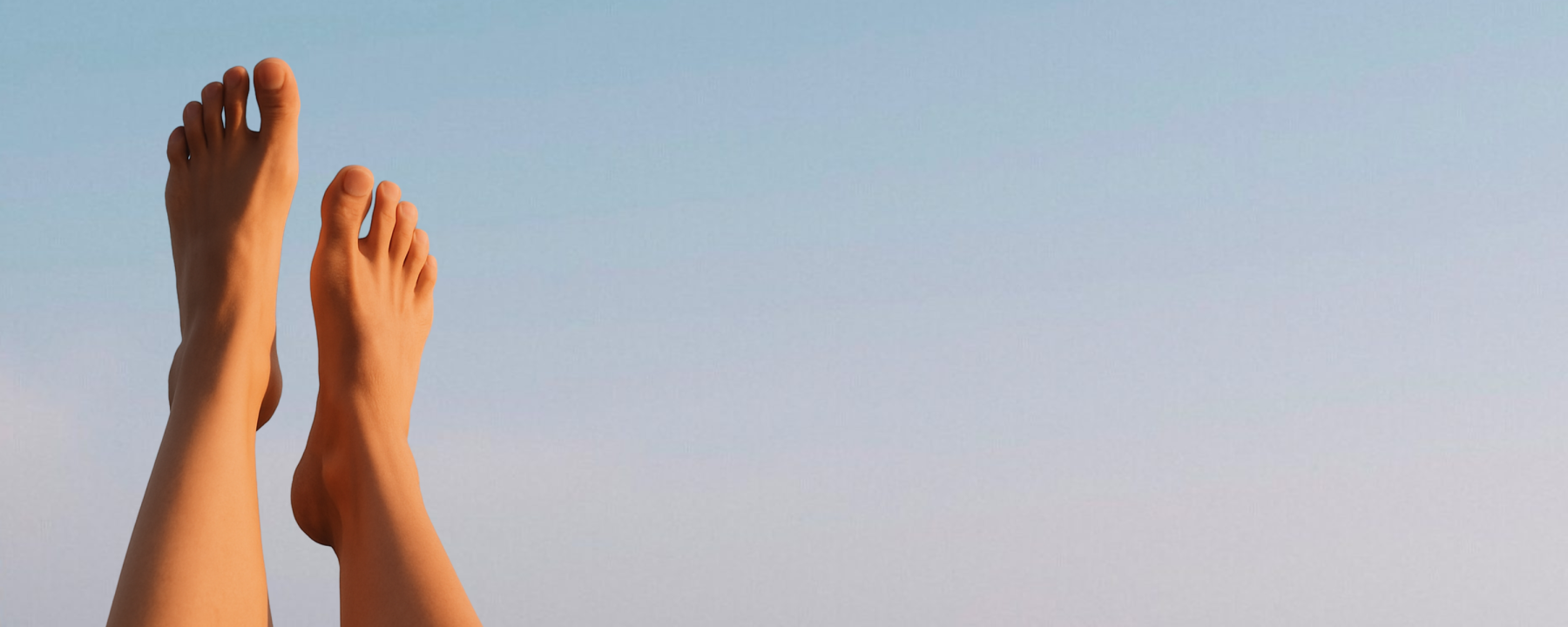Differences Between Blisters, Calluses, and Foot Ulcers
Blisters, calluses, and foot ulcers are all wounds that can affect the feet. Knowing the difference between each injury can help you determine the proper care, which is essential, especially for diabetics. Without the proper care, these conditions can impact the way you walk and your posture and can even lead to potentially fatal conditions.
What is a Blister?
A blister is a pus-filled pocket typically formed when the foot (or another body area) is exposed to painful circumstances for a short time. For example, foot blisters usually occur when you wear uncomfortable shoes that rub against your feet.
What is a Callus?
A callus is defined by a thickening of the skin that typically forms when the foot is exposed to uncomfortable circumstances for a long time. For example, if you take a long walk in a not-well-cushioned shoe, you may notice a callus on the bottom of your feet.
Callus vs. Blister
So, to sum up the difference between blister and callus:
- Nature: Blisters are pus-filled pockets, while calluses are areas of thickened skin
- Cause: Blisters are caused by pressure applied to the foot over a short time, calluses develop over long periods, typically due to discomfort rather than pain.
- Location: Blisters will appear wherever pressure is applied, typically on the heel or side of the foot; calluses are more likely to appear on the bottom.
What is a Foot Ulcer?
A foot ulcer is an open sore or lesion on the foot that does not heal over time. It may occur when a blister or callus is left untreated. If not addressed early on, it can lead to gangrene and amputations.
Foot Ulcer vs. Blister vs Callus
When comparing an ulcer vs. blister vs. callus, consider the following:
- Nature: Unlike blisters, which are pus-filled pockets, and calluses, which are tough areas of skin, foot ulcers are open lesions.
- Cause: Blisters and calluses are caused by pressure applied to the foot in various applications. Ulcers occur when blisters, calluses, and other foot wounds are left untreated.
- Location: Unlike a blister, which typically forms on the side or the heel of the foot, and a callus on the bottom of the foot, an ulcer forms from a previous wound, regardless of the location.

Why are Foot Wounds Especially Dangerous for Diabetics?
Foot wounds are not pleasant for anyone, but they can be dangerous for people with diabetes for the following reasons:
- Nerve Damage: People with diabetes often develop nerve damage due to ongoing high levels of blood sugar. As a result, they may not feel foot wounds. If they don’t notice foot wounds, they don’t treat them, allowing them to worsen.
- Impaired Healing: Diabetes also narrows blood vessels, reducing foot circulation and a person’s ability to heal.
- Low Immunity: The condition also reduces immunity, making patients more susceptible to infections.
How to Prevent Foot Wounds
Treating foot wounds is essential, but it’s best to avoid getting foot wounds in the first place. Here are some preventative measures that will keep your foot safe.
- Wear Comfortable Shoes: Avoid high heels, which may push your foot forward and cause blisters. If possible, wear shoes with a round or square toe and a bouncy cushion.
- Wear Socks: Socks are a barrier between your shoe and foot, helping protect against wounds.
- Moisturize and Exfoliate Your Feet: Moisturizing and exfoliating your feet minimizes dry feet, which can increase the risk of foot wounds.
- Adjust the Way You Walk: Your posture or gait can contribute to foot wounds. If you get foot wounds often, consider attending physical therapy to change your positioning.
Monitor Your Feet With Feetsees
People with diabetes should also monitor their feet to ensure they don’t have foot wounds. If they notice foot wounds, they can treat them early and protect them from worsening.
Visual inspections can help detect foot issues, but Feetsee offers more accuracy for early detection. The app monitors foot temperature, identifying high temperatures that can be a sign of inflammation and trauma. When high temperatures are detected, an alert is sent to your doctor so you can immediately begin treatment.
Contact us to learn more about our innovative product.
FAQs
What is Ulcer vs. Boil?
Boils are pus-filled bumps under the skin due to bacterial infections, while ulcers are open sores on the skin’s surface. Boils are also more localized and painful than ulcers. Like blisters and calluses, boils can turn into ulcers.
Are Blisters and Calluses the Same?
No, blisters and calluses are not the same. Blisters are pus-filled wounds that occur due to direct pressure and typically form on the heel or the side of the foot. Ulcers usually form on the bottom of the foot due to gradual pressure.
How Do You Know If You Have a Foot Ulcer?
Early signs of a foot ulcer include a noticeable change in skin color around the affected area, typically due to inflammation and limited blood flow.

Detect Early, Prevent Amputations
Diabetic foot ulcers (DFUs) lead to significant discomfort, pain, numerous amputations, and billions of dollars in healthcare costs each year.
